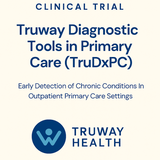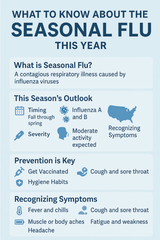What Can Be Done to Curb Rising Suicide Rates?
Suicide rates have been rising in recent years, and it is a serious public health concern that requires a multifaceted approach to address. Here are some strategies that can be implemented to curb rising suicide rates:
- Increase access to mental health services: Access to mental health services, including counseling and medication, can help individuals at risk of suicide. This includes increasing funding for mental health services, expanding the availability of mental health providers, and improving access to care for marginalized communities.
- Implement suicide prevention programs: Suicide prevention programs, such as gatekeeper training, can help identify individuals at risk of suicide and provide them with the support they need. These programs also educate people on how to recognize the warning signs of suicide and how to intervene to help someone in crisis.
- Reduce access to lethal means: Limiting access to lethal means, such as firearms and prescription drugs, can help reduce suicide rates. This can be done by implementing safe storage laws, implementing prescription drug monitoring programs, and promoting the use of trigger locks and safe storage of firearms.
- Increase public awareness and education: Raising public awareness and educating people about suicide and its warning signs can help reduce the stigma surrounding suicide and encourage individuals to seek help.
- Support for those who have lost someone to suicide: Those who have lost a loved one to suicide need support and understanding. Support groups and counseling can help them cope with their loss, and prevent suicide contagion.
- Address underlying factors: Suicide is often a result of underlying issues such as poverty, unemployment, and trauma. Addressing these factors through policies such as job creation, poverty reduction, and providing access to affordable housing and healthcare can help reduce suicide rates.
- Encourage help-seeking behavior: Encouraging people to seek help when they need it, and destigmatizing help-seeking behaviors can make a big difference in preventing suicide. This can be done by promoting the message that it is okay to ask for help and providing information on how to access services.
- Use data and research to inform policies: Using data and research to understand the factors that contribute to suicide, and to evaluate the effectiveness of different interventions, can help policymakers and practitioners develop effective strategies to address the problem.
In conclusion, curbing rising suicide rates requires a comprehensive approach that includes increasing access to mental health services, implementing suicide prevention programs, reducing access to lethal means, increasing public awareness and education, addressing underlying factors, Encouraging help-seeking behavior and using data and research to inform policies. It's important to remember that suicide is preventable, and that by working together, we can make a difference in the lives of those at risk.
Truway Health News & Insights
Breathe, Refuel, Recharge: Finding Your Daily Balance
Written by Perry JohanssenPublished and Edited by Truway Health Life rarely slows down on its own. B...
Truway Health Launches “ImmuneNet”: A New Era in Quantum-Synaptic Immunotherapy
Reimagining How Immunity Can Be Understood and Guided At Truway Health, innovation never sleeps.Toda...
Announcing the HEALTH Trial: Humanoid Evaluation and Learning in Healthcare
Published by Truway Health, Inc.Principal Investigator: Gavin SolomonClinicalTrials.gov Identifier:...
We’re thrilled to launch our first-ever clinical trial of TruDxPc
Study Identification Protocol ID: TRHW-DX-001 Brief Title: Truway Diagnostic Tools in Primary Ca...
What to Know About the Seasonal Flu This Year
As cooler weather sets in, flu season returns. Each year brings new strains, evolving guidance, and...
Gamification and Health: Turning Wellness Into a Daily Game
Introduction For many people, staying healthy feels like a chore: eating clean, exercising regularly...







